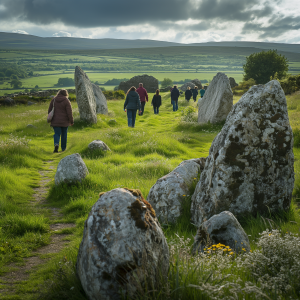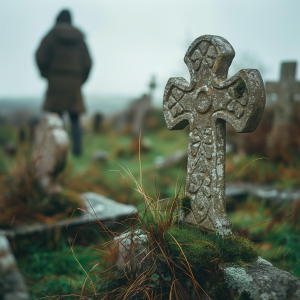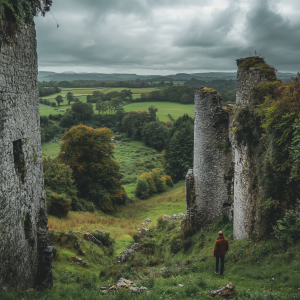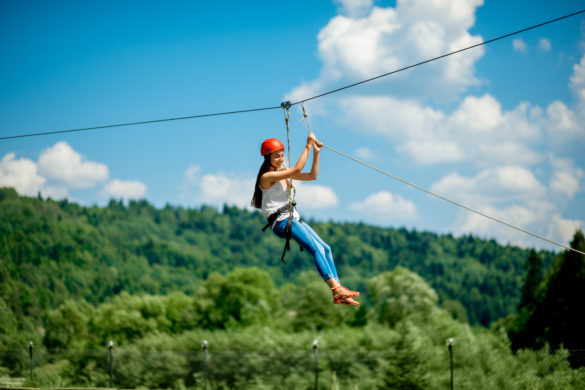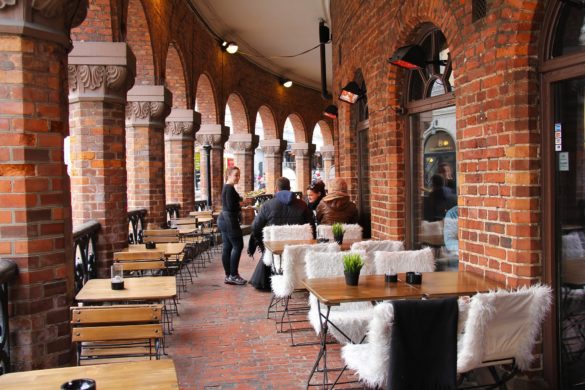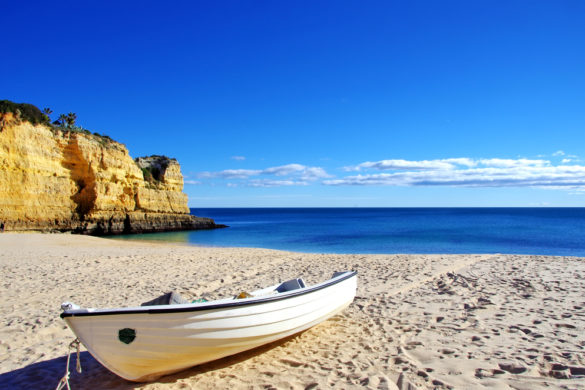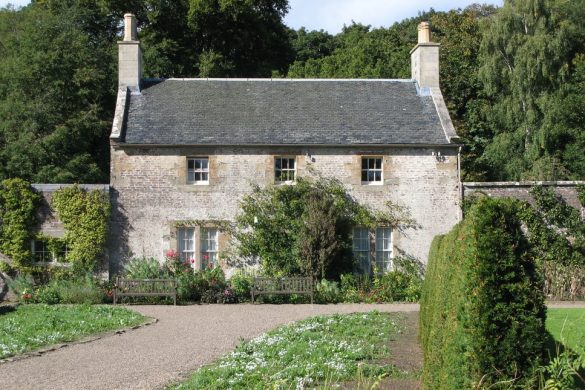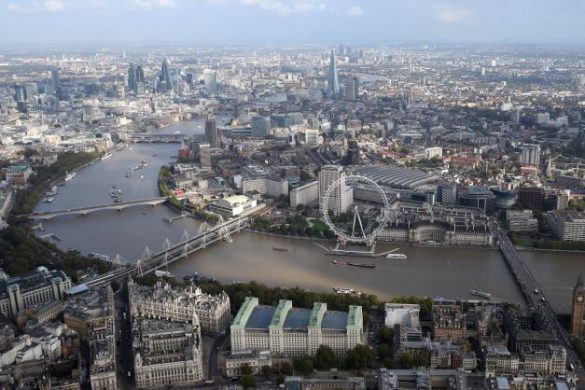Northern Ireland, a vital part of the United Kingdom, is celebrated for more than just its vibrant cities and famous landmarks. It is also a treasure trove of lesser-known historical sites that weave a narrative of both ancient and more recent histories.
The region’s landscape is a rich mosaic of verdant hills, dramatic coastlines, and tranquil villages, each bearing tales that have sculpted its distinct identity. These hidden gems, often eclipsed by more renowned attractions, offer a profound insight into Northern Ireland’s rich cultural heritage and intricate history, providing a fuller, more nuanced understanding of this unique area.
Prehistoric Wonders and Architectural Oddities
One of the remarkable aspects of Northern Ireland’s historical landscape is its wealth of prehistoric sites. These places offer an extraordinary peek into the lives of the earliest inhabitants. For instance, the Giant’s Ring near Belfast is a henge and stone circle that dates back to the Neolithic period. This massive structure, surrounded by a circular earthwork, is thought to have been used for both ceremonial and astronomical purposes. The sense of mystery that pervades this site can ignite the imagination about who built it and why.
Another intriguing site is the Beaghmore Stone Circles in County Tyrone. Discovered during peat cutting in the 1940s, the complex of seven stone circles is thought to be associated with ritualistic activities from the Bronze Age. The precise arrangement of the stones and the surrounding cairns suggest a well-organised society with strong spiritual or celestial beliefs.
Not all of Northern Ireland’s lesser-known historical sites are from ancient times. An architectural oddity, Lord Garvagh’s Pyramid, stands as a testament to the eccentricities of the Irish gentry. Built in the early 19th century, this pyramid was meant to be a mausoleum for Lord Garvagh, though he was eventually buried elsewhere. The pyramid, located in a secluded area, adds a layer of intrigue and speaks to the personal histories and legacies of the local nobility.
Natural Beauty and Dramatic Landscapes
The backdrop to these historical sites is the stunning natural beauty for which Northern Ireland is famous. The Antrim Coast, for example, offers breathtaking views and a series of dramatic headlands and bays. The renowned Causeway Coastal Route provides access to the iconic Giant’s Causeway and numerous lesser-seen locations along the coast. Each of these spots has its own story, woven into the fabric of the land.
Loughareema, the Vanishing Lake, is a particularly enchanting phenomenon located on the coast road. This lake periodically disappears and reappears depending on the level of rainfall, creating a dynamic natural spectacle. Local legends add to the mystique of the lake, often explaining its behaviour through tales of spirits and ancient curses.
Cultural Tapestry and Historical Chronicles
The cultural richness of Northern Ireland is palpable not just in its festivals and traditions but also in the historical narratives that are preserved at these sites. The region’s history is a complex tapestry of Celtic heritage, medieval conquests, and modern transformations. This rich historical milieu is augmented by a wealth of folklore, with stories of giants and mythical heroes that seem to spring to life from the very landscapes.
One can experience this cultural depth at the Navan Fort in Armagh, an ancient ceremonial monument believed to be one of the great royal sites of pre-Christian Gaelic Ireland. Excavations have revealed that the site was used for religious ceremonies and royal inaugurations, highlighting its significance in the social and spiritual life of the ancient Irish.
Moreover, the integration of contemporary elements into these historical contexts is evident in the resurgence of local crafts, music, and Gaelic games, which provide a living connection to the past. These cultural expressions enrich the visitor experience and support local communities economically and socially.
The Spiritual and the Sacred: Tracing the Footsteps of Saint Patrick
Northern Ireland’s rich tapestry of history and mythology is nowhere more poignant than in its spiritual sites associated with Saint Patrick, the patron saint of Ireland. While Saint Patrick’s influence is celebrated across the country, certain lesser-known locations offer a more intimate glimpse into the saint’s life and the early Christian heritage of the region.
St. Patrick’s Well in Struell, a few miles from Downpatrick, is one such site. Nestled in a quiet dell, this well dates back to the fifth century and was once believed to have healing properties. Pilgrims have visited this site for centuries, drawn by the well’s reputed spiritual and physical healing powers. The site’s tranquillity, with its clear, cold water surrounded by ancient stones, allows visitors to step back in time and experience a sense of connection to the early Christian inhabitants of the island.
Another significant site is St. Patrick’s gravestone at Down Cathedral in Downpatrick. The cathedral stands on a site that has been a place of Christian worship since the 5th century. The simple granite stone, marked with the name Patric, is a humble reminder of Saint Patrick’s enduring legacy. Visitors often leave small stones or tokens on the grave, a testament to the lasting impact of his teachings and life.
Visual Storytelling: Enhancing the Visitor Experience
The power of visual and narrative storytelling at Northern Ireland’s historical sites cannot be overstated. It plays a crucial role in connecting with and remembering our experiences. Evocative imagery, whether through photography, film, or interactive media, helps contextualise lesser-known sites’ historical and cultural significance. Narrative guides enrich the visitor’s journey by blending historical facts with engaging stories, whether offered through apps, plaques, or personal tour guides.
For instance, at the Mussenden Temple, perched dramatically on the cliffs near Castlerock, visitors can learn about its origin as a library and its architectural inspiration from the Temple of Vesta in Italy. The breathtaking view of the North Atlantic from the temple adds a visceral element to the stories of its past, making the experience both educational and profoundly moving.
Accessibility and Sustainability: Making History Available to All
In recent years, there has been a concerted effort to make these historical sites not only more accessible but also more sustainable. Improvements in pathways, signage, and visitor facilities ensure that people of all abilities can enjoy these cultural treasures. Furthermore, sustainable practices such as limiting visitor numbers to prevent overcrowding, reducing wear on the sites, and using eco-friendly materials in any new constructions help preserve these sites for future generations.
For families, these sites offer a unique educational opportunity where children can learn about history in an engaging and interactive environment. Sites like the Tully Castle, with its lush gardens and remnants of a 17th-century plantation castle, provide a vivid backdrop for children to imagine life in different eras, making history tangible and exciting.
The Allure of Seasonal Visits: A Year-Round Destination
Northern Ireland’s historical sites also offer varying experiences throughout the year, making them appealing for return visits in different seasons. The changing landscapes, from spring’s lush greenery to winter’s stark beauty, offer new perspectives and photo opportunities, enhancing the visitor experience.
Seasonal events, such as Halloween ghost tours in the ruins of ancient castles or midsummer celebrations at neolithic sites, provide a cultural context that aligns with the locations’ historical significance. These events draw locals and tourists alike, fostering a sense of community and shared heritage.
Inviting Discovery: The Joy of Exploration
Our journey through Northern Ireland’s lesser-known historical sites is more than just a visit; it’s an invitation to explore and discover. Each site, with its unique story and setting, offers a chance to step off the beaten path and experience something truly unique. This exploration is not merely about seeing different places but about experiencing them, stepping into the past, and seeing the present in a new light.
As we continue to uncover these hidden gems, we are reminded of the richness of our history and the importance of preserving it. Each visit adds a layer to our understanding of Northern Ireland, enhancing our appreciation for its beauty and resilience. The experience is profound and personal, an adventure that stays with us long after we’ve returned home.
Through engaging with these sites, we contribute to their preservation and the education of future visitors, ensuring that the stories of Northern Ireland’s past remain vibrant and accessible. It is a journey that invites curiosity, rewards exploration, and enriches our connection to this enchanting part of the world.


